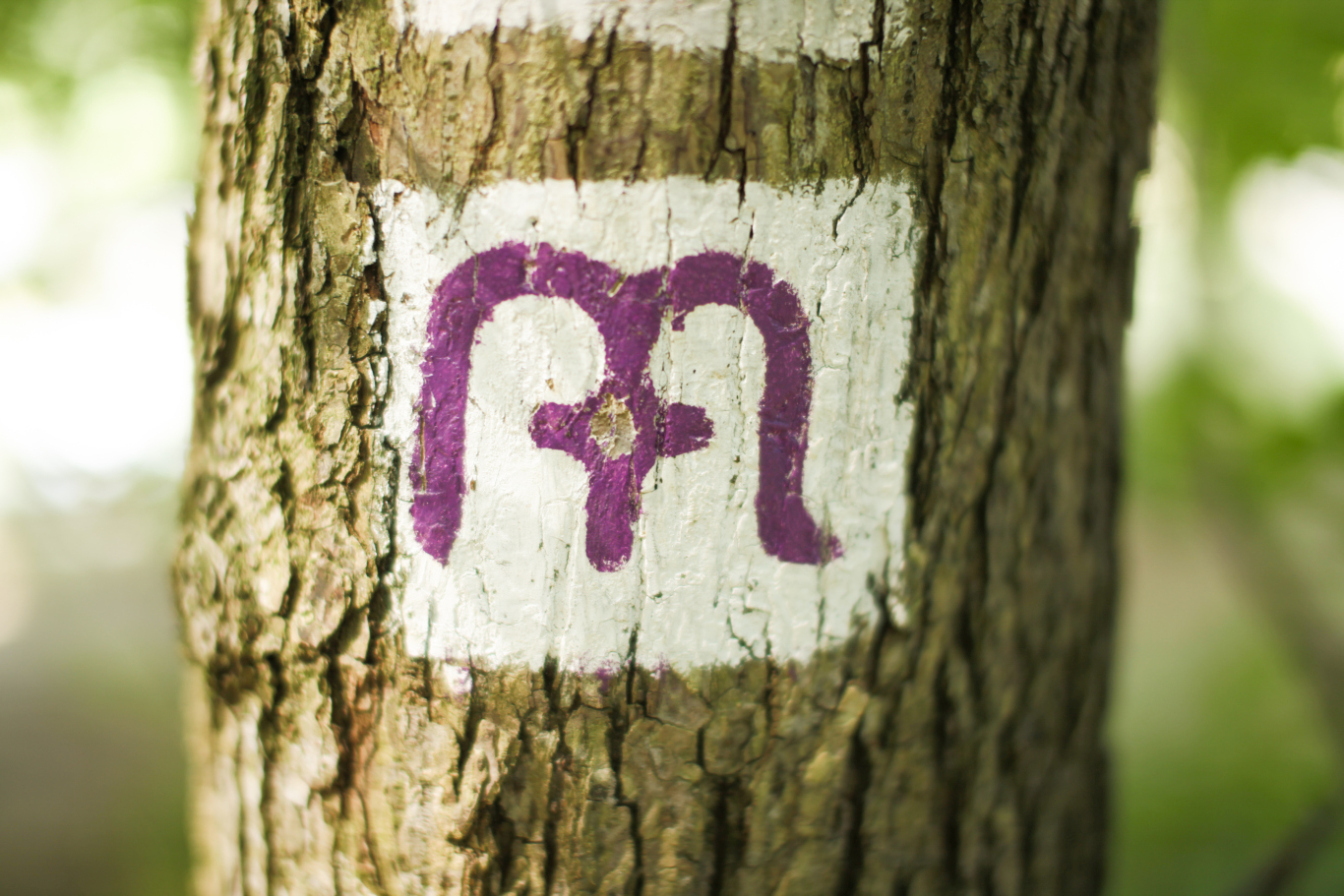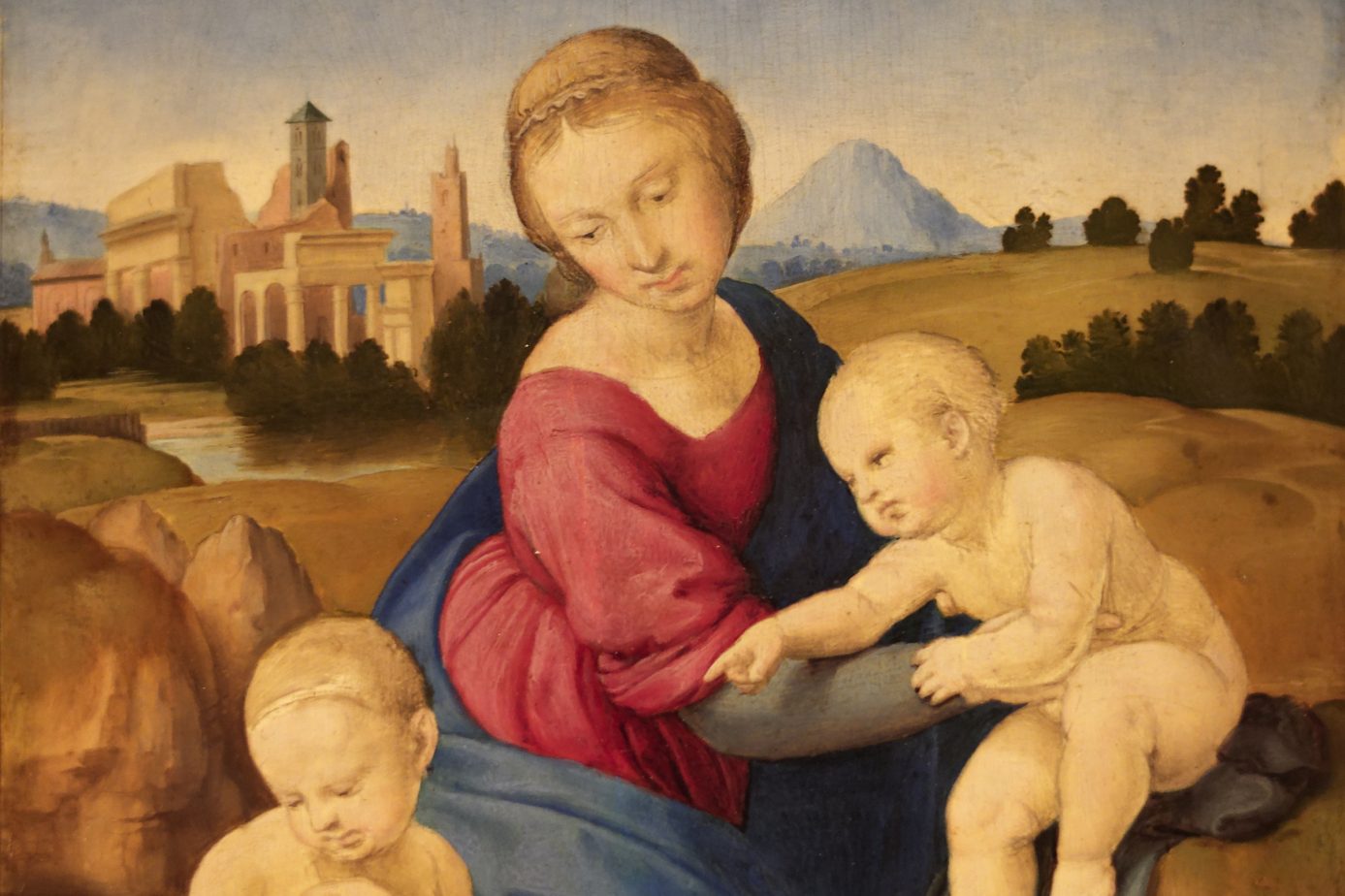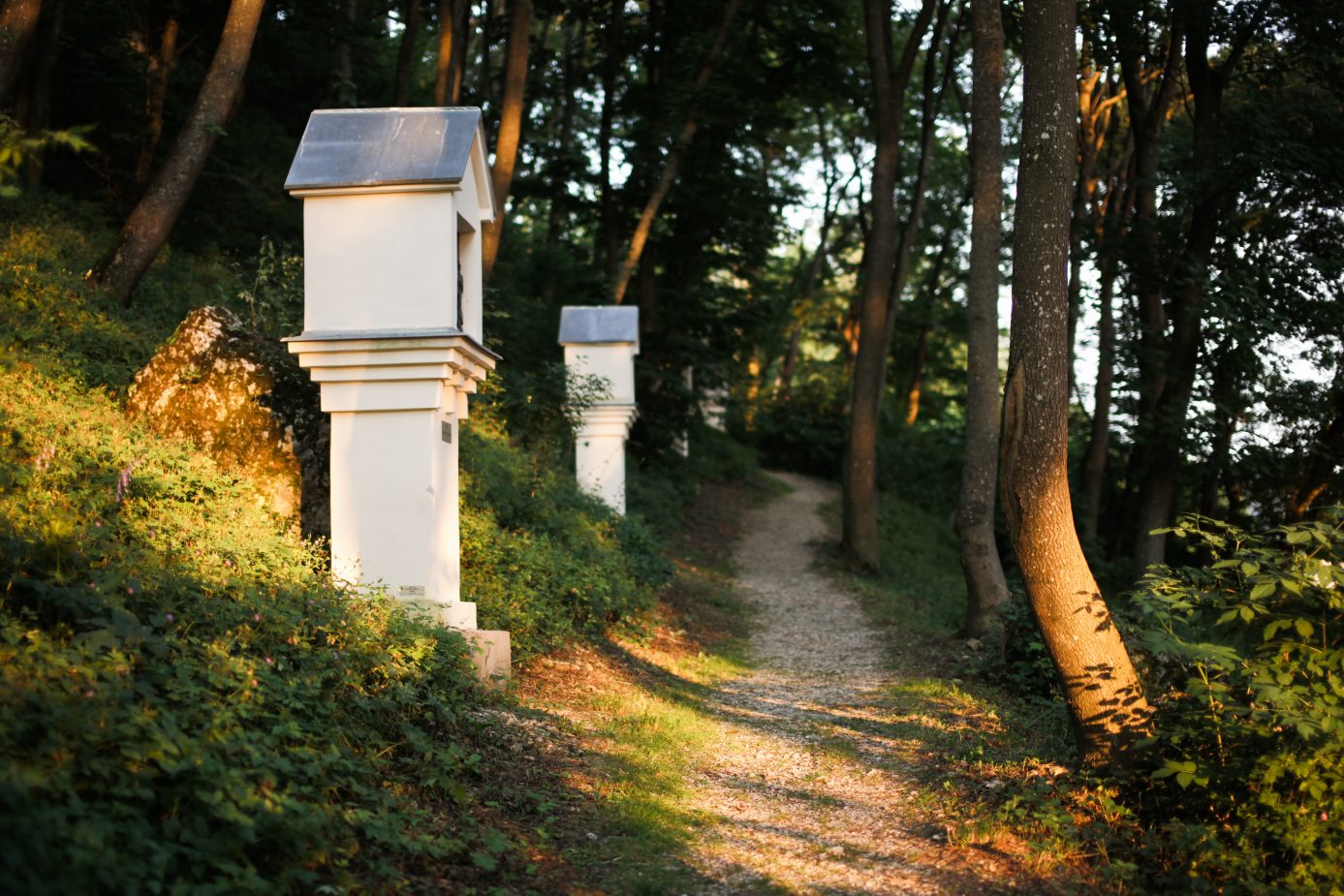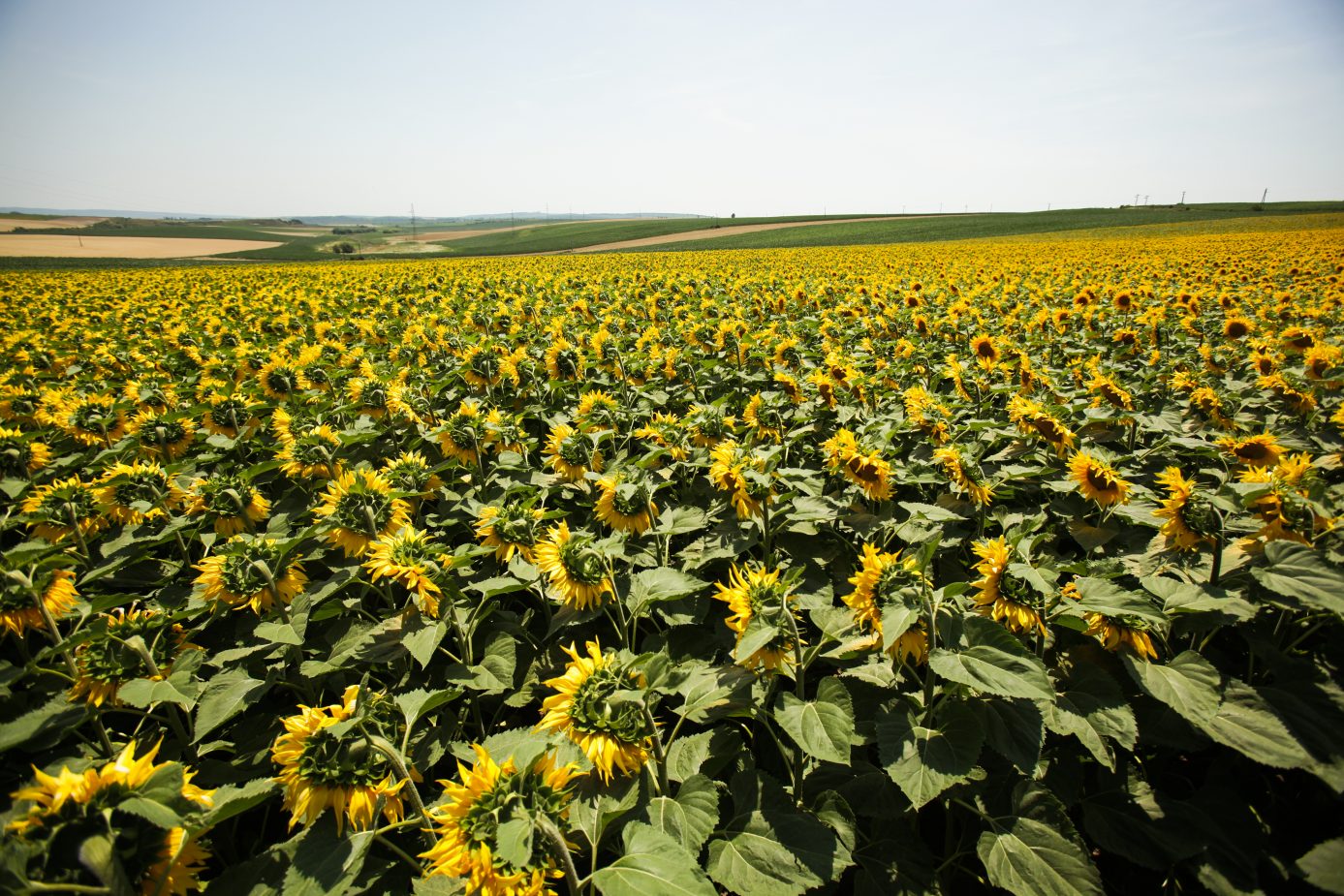

Travelling was not unkown to Mary, nor was contemplation. Following the Annunciation, she sets out to meet with her elder relative in Hebron, Elizabeth. As a result of obeying the compulsory census, her husband Joseph and she go to Betlehem where she gives birth to Jesus Christ. Then, escaping the rage of Herod, they move to Egypt, and at last they return to Nazareth.
The Gospels give account of one of her pilgrimages to Jerusalem: on the way home, Joseph and Mary realise that their child has been left behind. They return to the church hastily and worried, where they find in amazement that the twelve-year-old Jesus is talking to the wise people of the church. She also appears during Jesus’ three-year-long ministry from time to time (e.g. at Jesus’ first miracle , at the Wedding at Cana). She is also there under the cross at the death of Jesus, or later amongst the apostles waiting for the Holy Spirit.
For Hungarians, her being bears special significance because the dying St. Stephen I, founder and king of Hungary, offered his kingdom to the Blessed Virgin Mary in 1038: in this way became Mary the guardian and patron saint of the country (alongside Tours Saint Martin), patrona patriae.

The dreamers of Mary’s Way wished to create a pilgrimage route that takes the Camino de Santiago as an example and connects the nations of central Europe by linking the shrines of St. Mary. This is how the building of the Saint Mary’s Way between the Austrian Marizell and the Romanian Csíksomlyó started in 2006. This 1350km long way has already been completed and is well recognizable by its tourist mark, a purple letter M.
The 1450km long Northern-Southern part of the way is currently being built and hopes to connect two important shrines as well: the Polish Częstochowa and the Bosnian-Herzegovinian Međugorje.
The two pilgrimage routes are open for everybody nevertheless, because of their characters, we would like to show Central-Europe’s Christian traditions as well as the culture of the nations living here to the visiting pilgrims.
The middle section of the Western-Eastern route, which is approximately 750 km, leads through Hungary. It is therefore a special feature of the Hungarian pilgrimage way that, although its construction was initiated by Hungary, none of its destinations and goals are in the territory of the country. In spite of all this, we are inclined to think that the Hungarian Mary’s Way is still capable of offering mental, spiritual, and aesthetic fulfilment to the pilgrims.

The Hungarian Saint Mary’s Way connects the Western (Kőszeg) and Eastern part of the country (Bátorliget) over an approximated 750 km.
Not only does the pilgrimage give the traveller an opportunity to become familiar with the Christian shrines and religious traditions of the landscape, they can also see the natural environment of Hungary, its cultural diversity and architectural monuments.
The pilgrim may relax in pleasant baths (Bük, Sárvár, Egerszalók), visit famous Mary-shrines (Celldömölk, Máriabesnyő, Mátraverebély-Szentkút, Máriapócs), get to know the still active Benedictine, Cistercian, Franciscan, Salesian religious orders, pass through romantic landscapes (Ördög-árok (Gorge), Gaja-szurdok (Gorge), Mária szakadék (gap)), rest in the cells of the Camaldule hermits who once lived here (Majkpuszta).
Meanwhile they may come to know some pieces of the colourful mosaics of Hungarian history (Tata, Esztergom, Eger), admire castles emerging from dense forests (Csesznek, Csókakő, Drégelyvár), or recollect the everyday matters of remote centuries in the refreshing shade of the churches, which have kept their former splendor (Zsámbék, Nyírbátor). And all of this is made unforgettable by domestic regional dishes and worthily famous Hungarian wines.